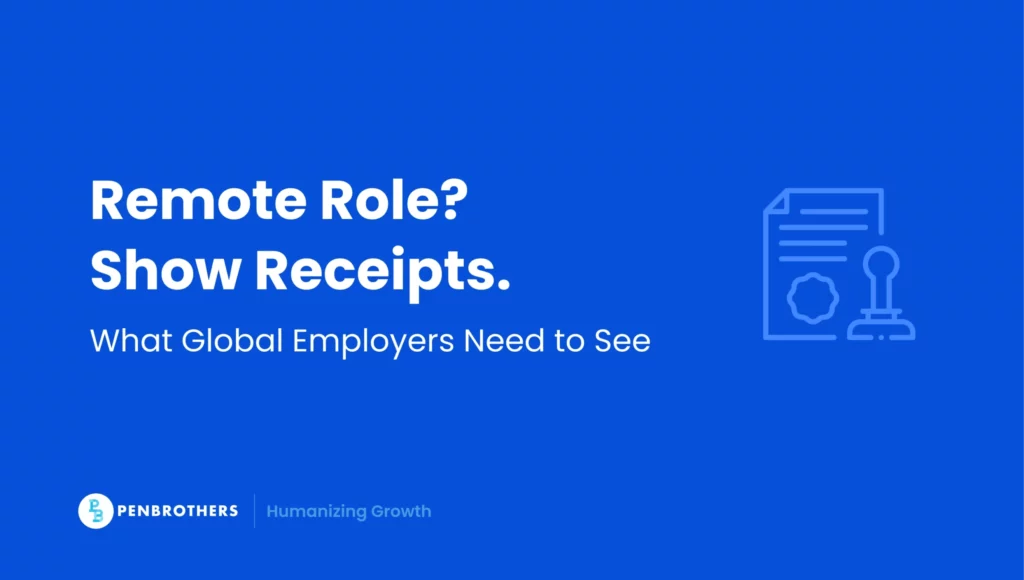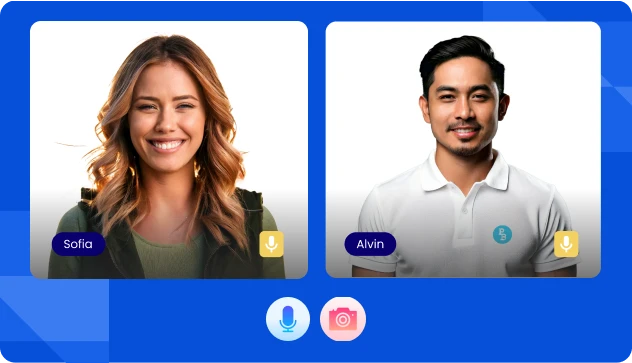Key Takeaways
- Remote employment letters must reflect legal, operational, and geographic facts, not just job titles. Global reviewers check for accurate classification, remote setup, and employer details. Mistakes can delay visas, loans, or onboarding.
- Generic templates often fail compliance, especially for EOR hires and remote roles. Missing metadata or unclear employer info leads to rejections from clients, embassies, and banks.
- Reliable verification letters are HRIS-based, audit-ready, and meet global standards. They include verified data, digital signatures, and correct classifications for smooth approval.
Why Remote Verification Letters Matter More
Employment verification letters are no longer just HR formalities. For remote professionals, they’re crucial legal and compliance documents used in everything from visa applications and mortgage approvals to onboarding with global clients and clearing tax documentation with local authorities.
Unlike traditional employment certificates tied to office-based roles, remote verification letters must answer two unspoken questions:
- Is this person legitimately connected to the company?
- Does this letter accurately reflect their legal and working arrangement?
What to Include in a Remote Verification Letter
A proper employment verification letter for remote talent must be both legally accurate and structurally verifiable. It should include:
- Employer Name and Legal Identity: Clearly distinguish between client and legal employer (especially under EOR models).
- Work Modality: State whether the role is remote, hybrid, or async, and where the talent operates from.
- Job Title and Employment Type: Contractor or employee, start date, and any relevant contract identifiers.
- Compensation: Only if required (e.g., for banking or visa use); otherwise, best to omit or generalize.
- HR Contact Information: Official email domain, never a free email service.
- Letterhead + Digital Signature: Ensure brand credibility and PDF authenticity through timestamped metadata.
Tip: It’s highly recommended to auto-generate this letter through a secure HRIS that pulls directly from verified contract records. This eliminates manual errors, template misalignment, and incorrect employer attribution.
What Global Companies Look For And How Remote Letters Must Adapt
Companies validating a remote worker’s employment letter aren’t just reading what’s written. They’re checking what’s missing.
They will:
- Verify the sender’s domain (e.g., [email protected] vs @gmail.com)
- Cross-check the letter with contract records and pay data
- Review metadata to ensure the document hasn’t been altered
- Flag red flags like title mismatch, missing classification, or salary inconsistency
Client Trust Example: An order specialist from the Philippines needed to fly to Australia a month after she was hired. It’s her first time to go to this country and previously had to arrange her visa. Through the collaboration with the HR team of Penbrothers, this talent was able to secure a one-month visit to the client’s headquarters.
Remote verification letters should also reflect how the employee or contractor is supervised, what tools they use (e.g., Google Suite, Notion, Zoho), and what timezone or async arrangement applies. These details prove the role is real, not just nominal.
Remote Verification Letter Samples (With Notes)
1. Remote Full-Time Employee (Direct Hire)
Include: Legal employer, remote setup, role scope, HR contact
Optional: Salary range and supervisor name
2. International Contractor via EOR
State that the person is engaged via an Employer of Record
Mention the client brand only in context, not as employer
Include classification and country of residence
3. Client-Facing Remote Consultant
Clarify remote delivery and cross-functional reporting
Highlight timezone or shift-based availability if relevant
Use wording like: “Contracted by [EOR], assigned to [Client] as Remote Project Manager”
How Penbrothers Issues Trusted Verification Letters
A verification letter is only as strong as the system behind it. At Penbrothers, verification letters are not one-off documents. They’re built into a secure employment ecosystem.
Each letter includes:
- The legal employer name (Penbrothers or EOR partner)
- Timestamped PDF metadata
- A company email signature tied to an authorized HR contact
- Pre-checked job classification and location details
Success Story: A remote procurement lead relied on frequent international travel to source products. His previous process was slowed by visa paperwork and unclear documentation. Penbrothers issued a verification letter, generated through HRIS with metadata and clear remote setup details, streamlined his visa approvals. He was able to travel within weeks and focus on securing competitive products.
Verification Letter Builder: Final Checklist
| Element | Required? | Why It Matters |
| Employer name & letterhead | YES | Legal identity must match the contract |
| Remote/hybrid work status | YES | Prevent misinterpretation |
| Classification (EOR, contractor) | YES | Avoid liability from false titles |
| HR contact email (official) | YES | No free domains (Gmail, Yahoo) |
| Digital signature & timestamp | YES | Ensures authenticity |
| Salary/scope disclosure | OPTIONAL | Based on the recipient institution |
Conclusion: Build Trust Through Accuracy and Structure
Employment verification letters aren’t side tasks. In a distributed workforce, they’re compliance tools and a reflection of how seriously you take operations.
The difference between a generic and a precise verification letter could be the difference between:
- Onboarding talent vs. losing them to delays
- Approval from a bank vs. weeks of rework
- Client trust vs. failed compliance audits
Penbrothers Advantage: We’ve helped hundreds of remote professionals secure everything from home loans to digital nomad visas, because our letters meet both local and international compliance expectations.
Remote work doesn’t remove the need for formality. It raises the bar.






